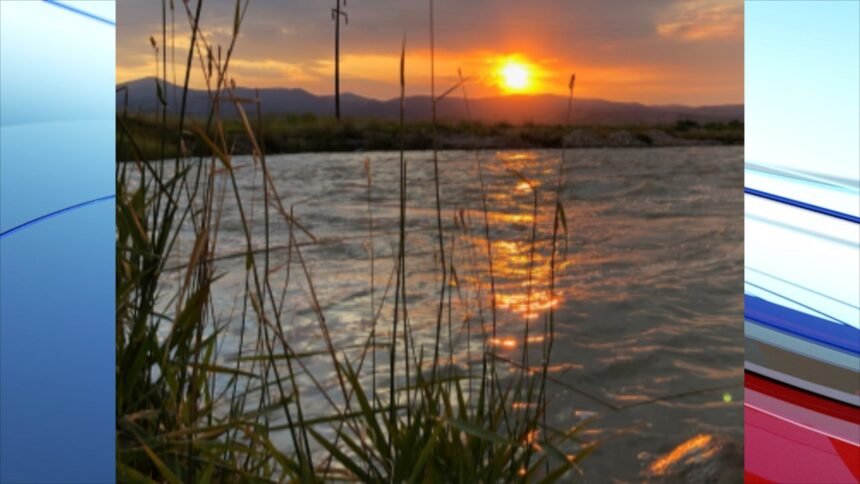Bear Lake water management under review

BOISE, Idaho (KIFI/KIDK)-The Idaho Department of Water Resources is teaming up with PacifiCorp and the state of Utah to look at ways to expand water storage capabilities at Bear Lake.
A new study, developed by modeling experts from the University of Colorado, summarizes findings about how different flood control operations could raise lake levels and increase storage.
The “Joint Bear River Planning Model” will be used to ensure all of the participants are using the same data. The Idaho Water Resources Board indicates it is likely to be the first of several water supply studies in the Bear River Basin.
“We worked collectively using the model to address questions, challenges and concerns that affect Bear Lake operations and the Bear River system,” said Connely Baldwin, a PacifiCorp hydrologist. “This model makes sure we’re all on the same page, using the same data and working from the same assumptions.”
The study indicated Bear Lake could increase reservoir storage roughly equal to the amount of water released from the lake for irrigation purposes by making changes to flood operations. That management would also increase lake levels.
To do that, it would be necessary to accommodate increased flows through flood-prone sections of the Bear River, like Gentile Valley.
“We understand the concerns of the property owners in flood-prone areas,” said David Hoekema, a hydrologist leading the modeling effort for Idaho, “it’s critical that we solve the problem of accommodating increased flows through these parts of the river for the project to go forward.”
The state of Utah has some obvious economic interests. In addition to irrigation, wildlife habitat, and flood control, Bear Lake could also have some significant benefit to the Great Salt Lake, which has been steadily dropping over the past 20 years. Great Salt Lake tourism and industry contributes $1.3 billion annually to the Utah economy.
Utah officials want to consider linking the Bear Lake planning model with the “Great Salt Lake Integrated Model”, which also includes the Weber and Jordan Rivers.
“The Joint Bear River Planning Model will increase our ability to study ways to improve the health of Great Salt Lake,” says Jake Serago, a senior engineer with the Utah Division of Water Resources. “Increasing upstream storage could affect the lake and we need to find that balance of upstream and downstream needs. One of the ways to keep lake levels up is water conservation. As people reduce water use, more water can stay in streams and lakes.”
Idaho officials stress that Bear Lake operations are not changing at this time. The three states and PacifiCorp are continuing to review ways to improve the operation of the Bear River system. You can see the executive summary of the study here.
